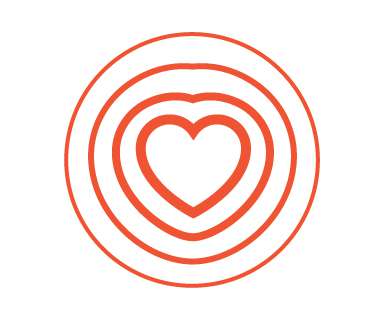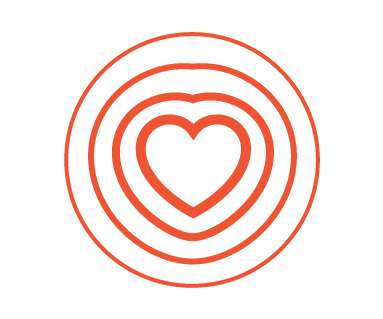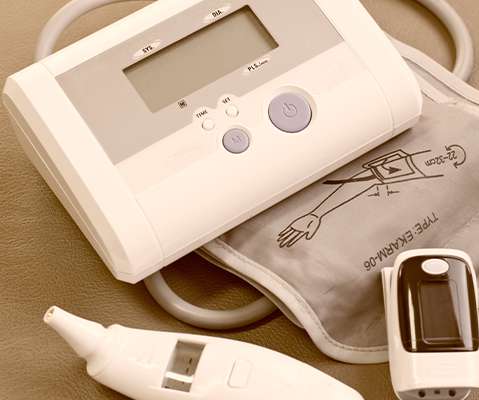Our Mobile Health Data: Shared, Identifiable, and Privacy-Deprived
Health Populi
MARCH 28, 2019
As more mobile app users — consumers, patients, and caregivers — use these handy digital health tools, much of the data we share can be re-identified and monetized by third parties well beyond those we believe we’re sharing with. Will Americans benefit from a U.S.-style style GDPR?


















Let's personalize your content